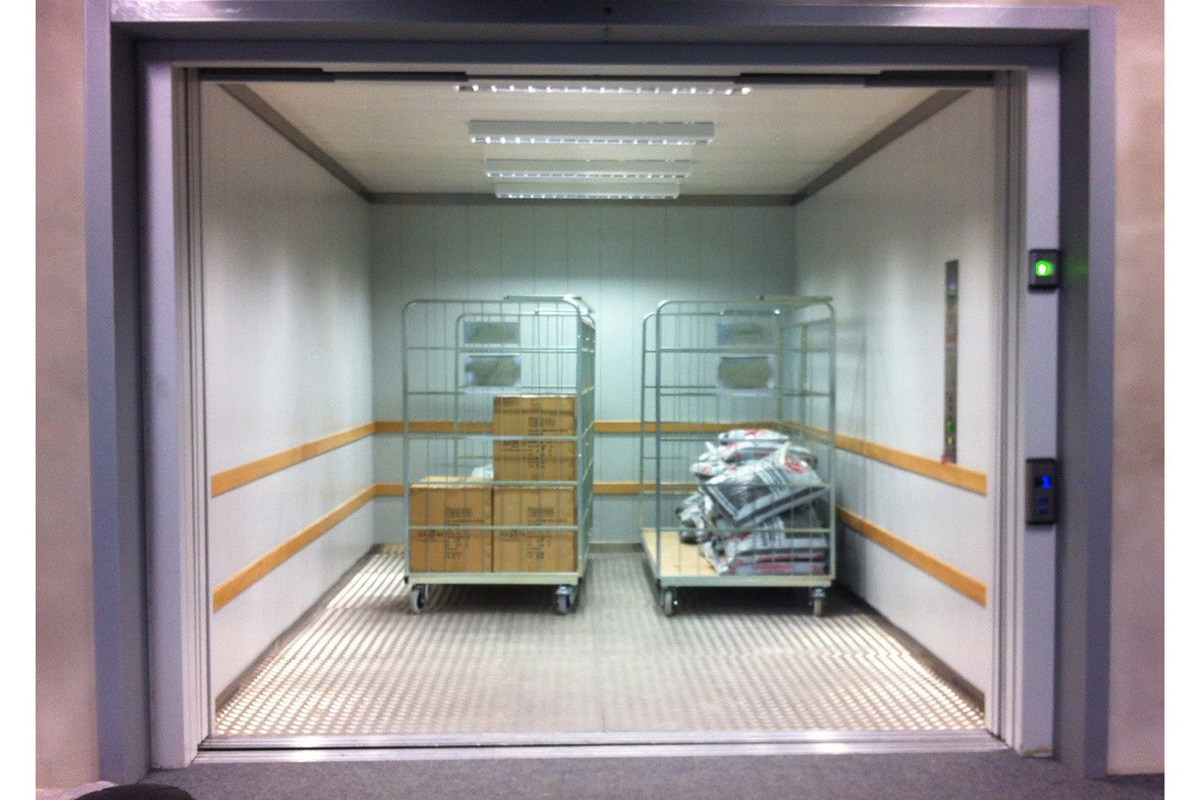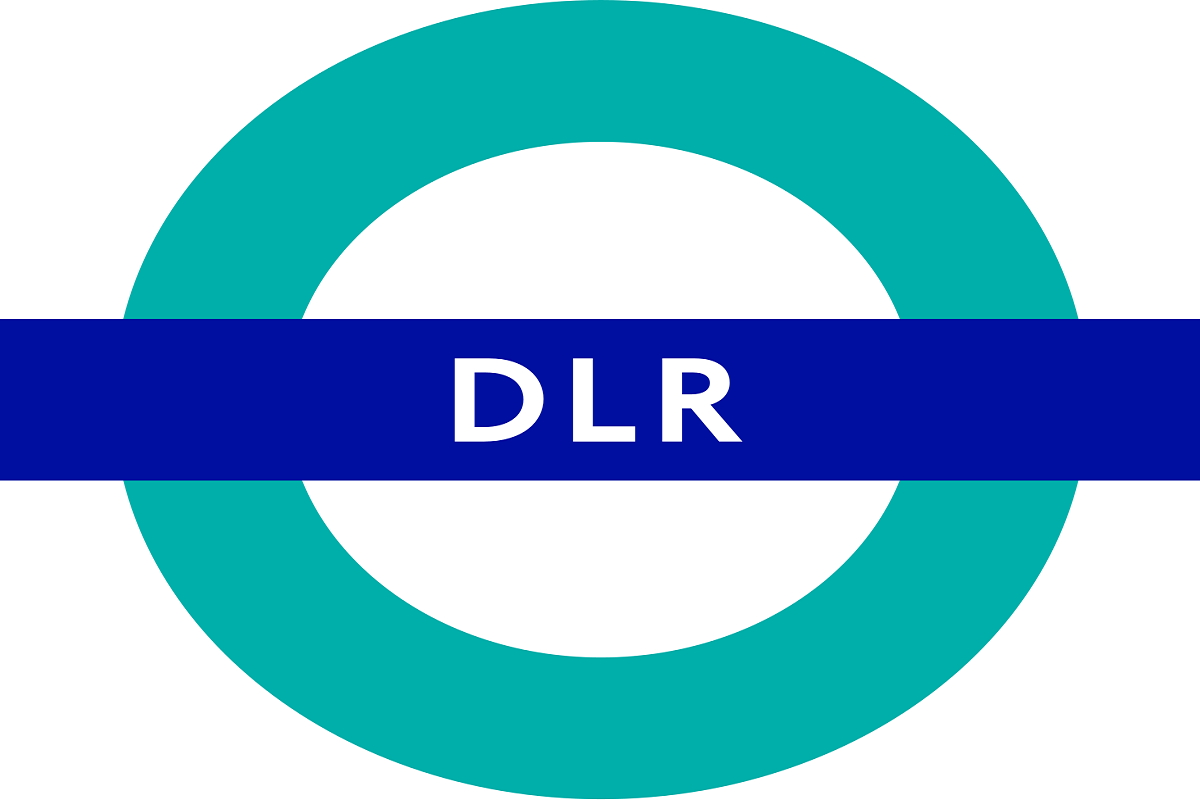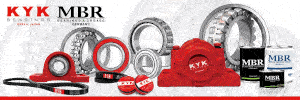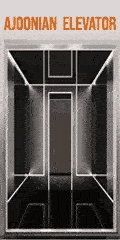Before considering purchasing an elevator for your building, you must fully consider the usage requirements. Not only the comfort of the owners and customers must be considered, but also important needs such as decoration. At this time, the freight elevator is particularly important. So what are the characteristics of freight elevators? What is the difference between it and ordinary passenger elevators? This article will take you through everything you want to know.
What is a freight elevator?
Freight elevators are designed to transport larger items or heavier loads and move materials within buildings. They are sturdy and durable, and can withstand damage better than basic passenger or service elevators. They operate in different ways, usually using slower speeds and stricter safety features to reduce the risk of accidents, and can withstand harsher working conditions. This usually includes features such as steel wall panels and floors, and reinforced doors. Most freight elevator doors open vertically rather than horizontally.
The difference between freight elevator and passenger elevator
We will introduce the characteristics and differences of passenger elevators, service elevators and freight elevators.
Passenger elevator
Passenger elevators are designed and rated for carrying passengers. The vertical elevator driven by a motor is equipped with a box-shaped pod and can be used in multi-story buildings. The elevator used to transport passengers needs perfect safety facilities, and the interior of the elevator has a certain decoration.
Service elevator
Service elevators are often incorrectly called freight elevators. The service elevator is actually an ordinary passenger elevator equipped with multifunctional cars and floors, usually located in the “employee only” area of a commercial building. The most common example is the service elevator used by the hotel room department. You can always distinguish the difference between the shipping elevator and the freight elevator, because the freight elevator is a “double door” that opens vertically, while the freight elevator is an ordinary sliding door. In rare cases, freight elevators can be classified and rated, but this is an exception rather than a rule.
Difference
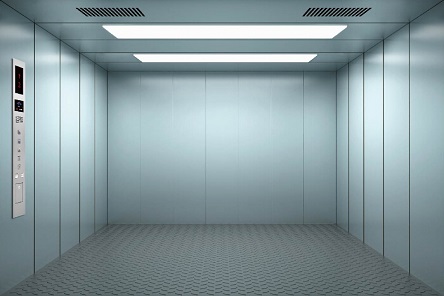
Why open the door vertically? The simple answer is to maximize the size of the cargo that can be loaded into the car while minimizing the hoistway space required to accommodate it. The freight elevator car and vertical sliding doors are specially designed to provide full-width openings to maximize the use of the elevator car. This also eliminates the possibility of impact and potential damage to the door during loading and unloading. Clear doors and cabs allow easy loading of goods from trolleys, pallet trucks, forklifts, cars, and even trucks and trailers. Horizontal sliding doors require extra space on each side of the entrance to accommodate the door when opened. The entrance width of the horizontal door is also restricted.
When designing the interior of an elevator car, practicality is much higher than aesthetics. The doors will use a lot of steel, the walls will be made of heavy-duty steel structures to reduce losses and downtime, and there will be floors specially designed for non-slip.
All in all, the freight elevator is designed with freight in mind. They are only used to accommodate specific loads (usually rated loads are much heavier than ordinary elevators) and people who need to be transported.
The factors to be considered when choosing a freight elevator are also different. Typical factors for choosing freight elevators:
- The size and type of load
- Vertical travel distance
- Loading method
Conclusion
Freight elevators are used in places where heavy objects are usually transported. This will include everything from major retailers to car dealers. Although elevator trends show an increase in demand for freight elevators, this does not necessarily mean that they are meaningful to everyone. Your choice depends on your needs, while ensuring that you always comply with the standards and building codes applicable to your industry. Your elevator installer can help you make the right choice according to your needs.

